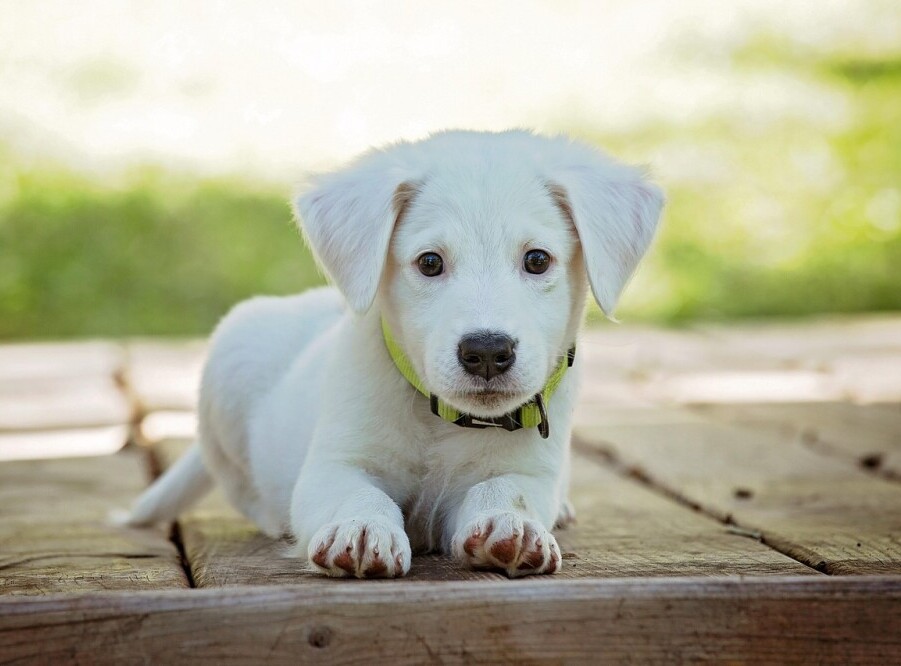
A few of the links in this post are affiliate links. If you buy something, we may earn a small commission (no extra bones from your wallet 🐾). Thanks for helping support the site and all of the dog adventures!
Getting a puppy can be one of the most exciting and rewarding times of your life. There are many great things that can come about when getting a new puppy, but there are also things that can make raising one go much more smoothly if you know them and apply them correctly.
We want to help you do that so that you can be well prepared for everything that getting a new family member can throw your way, and raising a new pup can be less stressful and more enjoyable. Here is our ultimate guide to training your new puppy.
Puppies are a whirlwind of energy and curiosity, making them the perfect little learners. Early training is the key to a happy, well-behaved pup. It’s not just about making your life easier; it’s about helping your furball become a confident, well-mannered member of the family. Getting these good behaviors ingrained in them early can save you many headaches down the road.
Before jumping into training, you gotta be prepared. Think of it like setting the foundation for a house. Having the right tools is essential. A comfortable crate, a stash of treats for rewarding good behavior, and plenty of toys to keep those sharp little teeth busy are all must-haves. And don’t forget patience – a whole lot of it!
Puppies grow fast, and understanding their development stages can make a world of difference. Each stage brings new opportunities to teach and bond with your pup. Recognizing these phases helps you set realistic training goals and ensures your approach fits the pup’s age and energy.
Get ready for an exciting adventure with your new pup! With the right mindset and preparation, you’re all set for a positive start to training that will benefit both you and your furry companion. You have begun the journey of having a well behaved and utterly loyal best friend.
Puppies grow fast, and their diet matters as much as their training. Learn more in Dog Nutrition 101: Feeding for Every Life Stage.
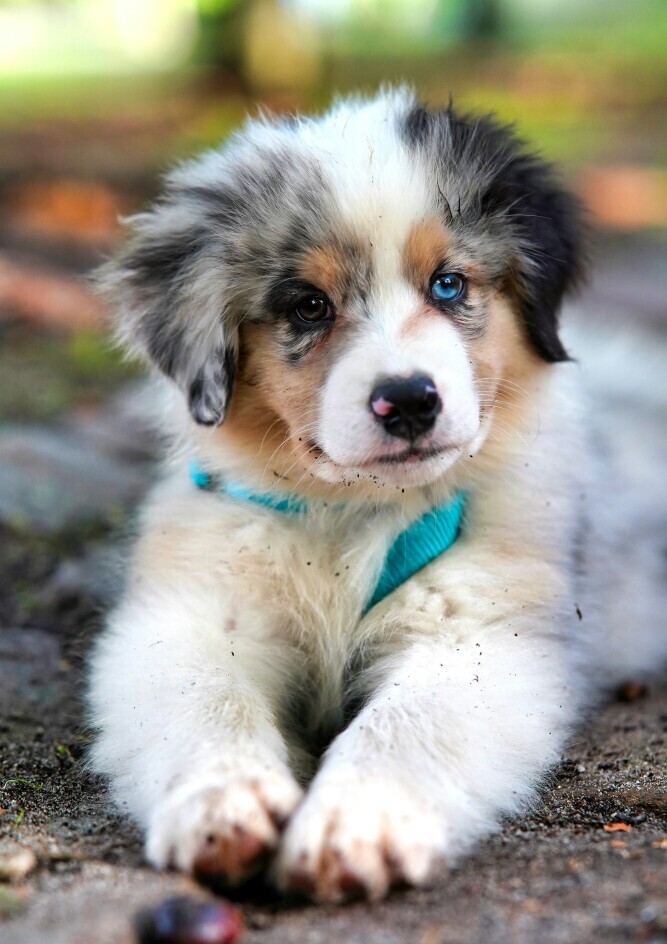
Week 1-3: Beginning with Socialization
The first few weeks with your puppy are like laying the groundwork for their future. This is the prime time for socialization, which plays a big role in shaping your puppy’s personality and behavior. Making introductions to different experiences, people, and other animals now helps your pup develop into a confident, friendly adult dog. We cannot stress how important it is to get them used to their new lifestyle early.
Puppies have what’s called a ‘critical socialization window’ that’s wide open between three to twelve weeks old. During this time, exposing them to various environments, sounds, and smells is super important. Everyday encounters, like meeting the mail carrier or hearing the vacuum cleaner, are all part of this big world they need to get used to.
Socialization activities don’t have to be fancy. It’s about quality, not quantity. Short, positive interactions ensure your puppy feels safe and learns that new experiences are a good thing. Remember, always watch for signs that your little buddy is feeling overwhelmed or scared, and give them space to take it all in.
Tracking your puppy’s socialization milestones can be helpful, too. It gives you a clear picture of their progress and areas that might need a bit more focus. By the end of this early stage, your pup should be comfy with basic everyday scenarios and primed for more detailed training in the weeks to come.
Patience and consistency are your best friends during this time. With each step, you’re not just teaching your puppy about their environment; you’re building trust and creating the foundation of a strong, loving bond. If you have socialized them the right way, they can get comfortable and settle in to their new lifestyle.
Many rescue dogs missed early training—discover how to help in Adopting a Rescue Dog.
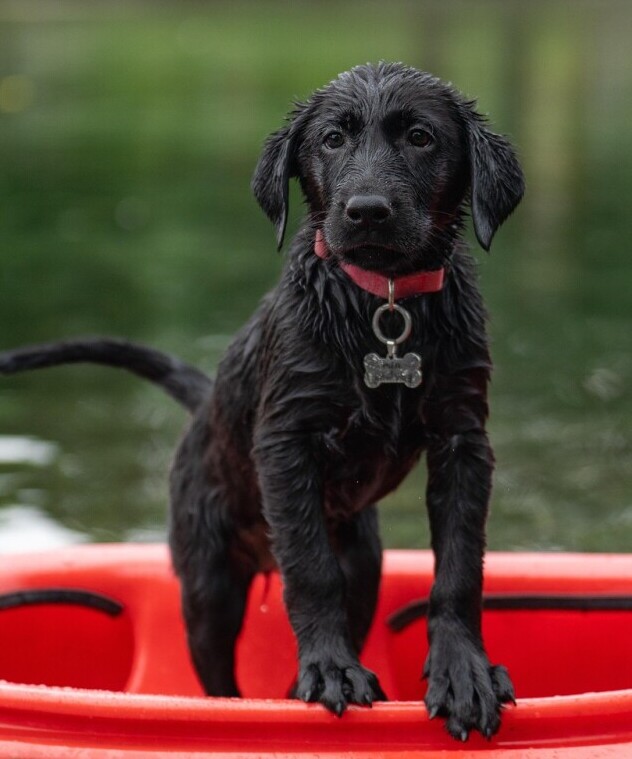
Weeks 4-6: Getting a Grip on Potty and Crate Training
These weeks are all about bringing some order to the whirlwind that is puppyhood. Potty and crate training are two key skills you’ll want to master during this period. It’s all about setting routines and being consistent. This is the phase where they are growing past their initial fears and can start growing into a routine. They should be getting their potty and crate training down.
Potty training is one of those tasks that takes time but it’s totally worth the investment. Start by choosing a specific outdoor spot for bathroom breaks and sticking to a regular schedule. Puppies thrive on routine, so plan to take them out first thing in the morning, after meals, and before bedtime to set clear expectations.
Remember, accidents happen. When they do, clean up promptly using pet-friendly cleaning products to prevent your pup from returning to the scene. Celebrating successes with a little treat or praise works wonders and encourages them to repeat their good behavior.
When it comes to crate training, think of the crate as your puppy’s personal den or safe space. It shouldn’t be used as punishment. Introduce your pup to their crate gradually, making it cozy and inviting with a soft blanket or a favorite toy. Start with short periods of time and slowly increase as your pup gets more comfortable.
A handy tip for both potty and crate training: patience, consistency, and positive reinforcement are everything. Keep things upbeat and your pup will quickly catch on to what’s expected! Understand that dogs can make mistakes, so no need to berate them. You want to gain their trust so they will listen to you.
Once these basics are in place, both you and your puppy will enjoy a smoother, more relaxed daily routine. In this stage, you’re not just preventing messes or frustrations; you’re helping your puppy adjust to household rhythms in a way that’s healthy and stress-free for everyone.
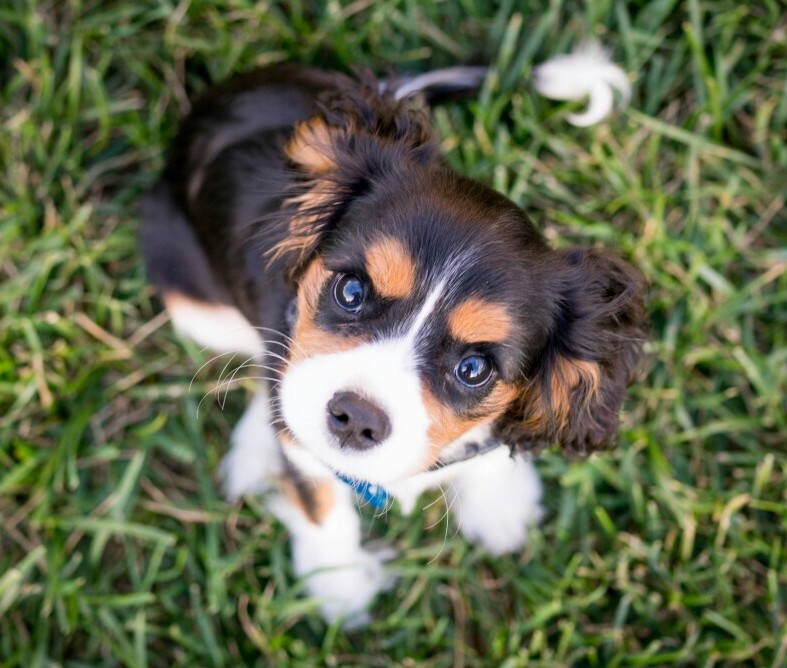
Weeks 7-9: Introducing Basic Commands
Your furry pal is now ready to tackle some basic commands. At this stage, your puppy is soaking up new information like a sponge, making it a prime time to start teaching commands like ‘sit’, ‘stay’, and ‘come’. Now we’re moving past basic potty training, and into getting your dog to understand words and commands so that it will obey and listen to you.
Start with ‘sit’ – one of the simplest but most useful commands. Hold a treat close to your pup’s nose, then move your hand up, allowing their head to follow the treat until their bottom hits the ground. As soon as they sit, let them have the treat and pile on the praise. You can try this a few times to reinforce that them doing this will lead to a reward.
After they have mastered the sit, next well try the ‘stay’ command. For ‘stay’, ask your dog to sit first. Open your palm in front of you and say ‘stay’. Take a step back. If they hold still, reward them. Practice this in various scenarios to help your puppy understand that ‘stay’ means pause right where they are, no matter what’s happening around them.
The last of this initial basic set of commands is ‘come’. Teaching ‘come’ involves creating an exciting and rewarding experience for your puppy when they approach you. Use a cheery voice, call their name followed by ‘come’, and, when they respond, reward them lavishly with treats or toys. Perfect for playtime and keeping your puppy safe!
Every puppy is different, so keep sessions short and sweet to match their attention span, ending on a positive note even if it’s just a small success. Some days may be better than others, but remember to always stay consistent with your training so that the pup doesn’t become confused.
Using positive reinforcement for these commands is crucial. It encourages your puppy to associate learning with fun and reward, boosting their willingness to learn and comply. Let them know that they are doing the right thing and they will want to continue that behavior.
Basic commands aren’t just about discipline – they build trust and understanding, laying down the framework for more advanced training. Enjoy these days of learning and bonding! Once you get them used to the idea of training, you can start expanding into more complex commands and routines.
Training affects overall well-being. Read more in our Dog Health and Wellness Guide.
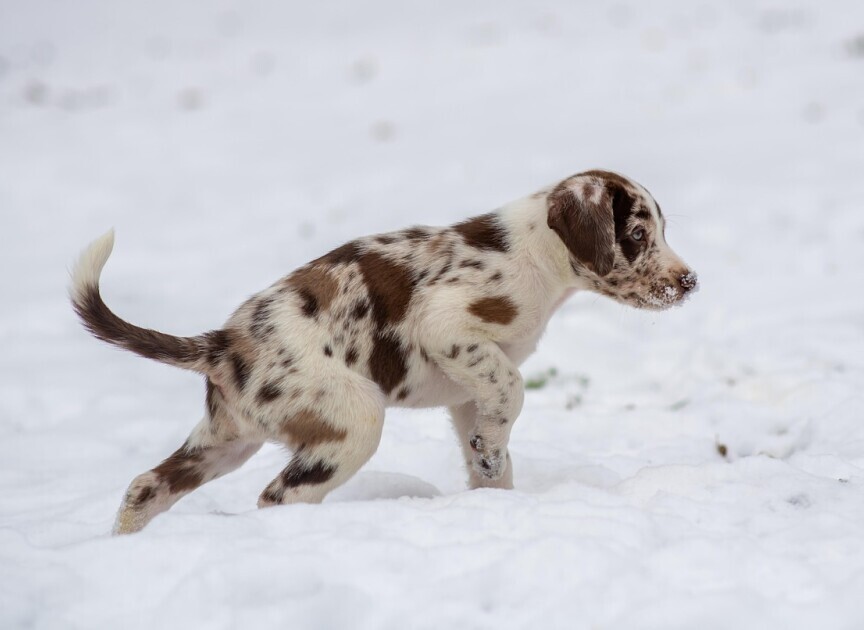
Weeks 10-12: Addressing Chewing and Biting Behavior
This stage brings with it the joys of teething, and with those new teeth come a desire to chew everything in sight. While this is totally normal, it’s key to guide your pup’s energy to appropriate outlets. You can’t always stop a puppy from chewing, but you can get it to chew on the right things.
Chewing is part of exploring the world, and it also helps to relieve the discomfort of teething. Providing a selection of different textures and types of chew toys is a lifesaver. Rotating toys regularly keeps things interesting for your curious companion.
When it comes to nipping or biting, immediate action is best. If your puppy nips, make a high-pitched ‘ouch’ sound to let them know it hurts. This mimics the feedback they’d get from littermates. Redirect their attention to a toy and use positive reinforcement to praise them when they chew on appropriate objects.
Consistency is your ally here. Keep the environment rich with chew-approved items. If your puppy goes for shoes or furniture, redirect again and offer one of their toys instead. Praise them for using it – it’ll help them learn quickly!
Establishing the difference between what’s okay to chew and what’s not takes some patience, but it’s worth it. Consider it an investment in your future sanity and the preservation of your home! It’s all about setting the right habits early on to avoid bigger behavioral issues later.
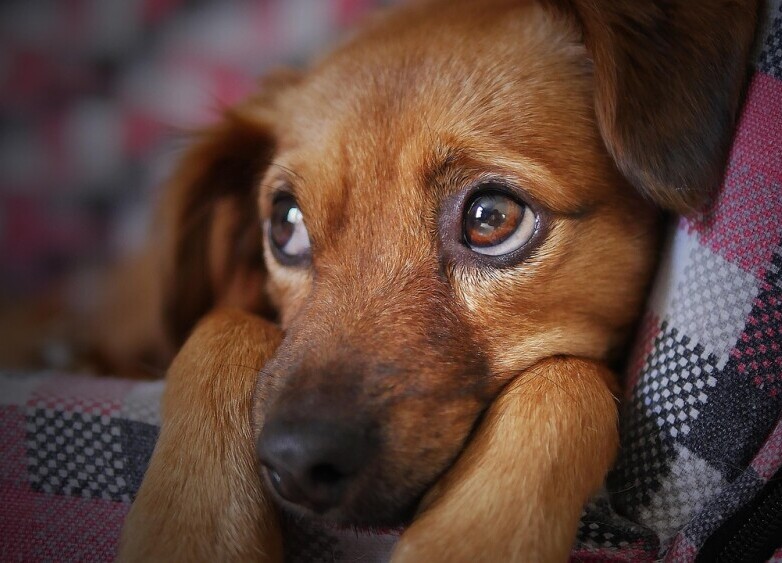
Weeks 13-16: Leash Training and Outdoor Adventures
Now that your puppy has a solid foundation of basic commands and house manners, it’s time to get them accustomed to the great outdoors with leash training. A well-trained puppy on a leash isn’t just safer—it’s a pleasure to walk and explore with. This will be important for them to learn and listen, since this involves their safety as well as yours.
The trick to successful leash training starts indoors. Let your puppy wear the leash around the house, so they get used to the feel of it. Once they’re cool with that, practice walking around your living room or backyard. Use treats to guide them as they follow you at a pace that’s comfortable for both of you.
When you’re ready to hit the pavement, pick a quiet, distraction-free area for the initial outdoor adventures. After a few successful outings, gradually introduce busier environments. This helps your pup stay focused and builds their confidence.
Short, frequent training sessions are best, especially when there’s so much to sniff and see outside. Keep the experience positive and rewarding—treats and praise for good behavior go a long way here. It’s easy for a dog to get distracted, so keep your training sessions light and brief.
Keep in mind that pulling or barking on the leash can set in quickly if not addressed. If your puppy starts pulling, stop walking and wait until they relax the leash before you continue. This reinforces good walking habits. Getting this bad habit out of the way early can save you many difficult walks.
Combining outdoor adventures with effective training builds your puppy’s curiosity and comfort with the world, making socialization and command practice part of daily life. It’s a great way to bond while ensuring your pup grows into a well-mannered companion who’s ready for all kinds of fun adventures.
Behavior challenges often stem from puppyhood. Learn more in Common Dog Behavior Problems and How to Fix Them.
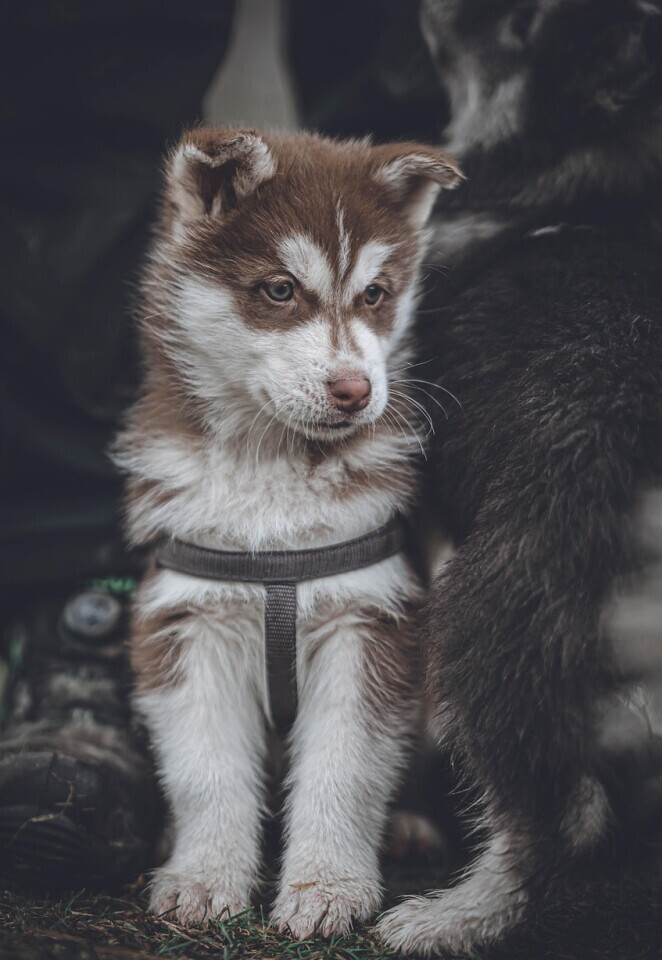
Conclusion: Continuing the Journey Beyond 16 Weeks
At this point, your puppy has laid down some solid groundwork for a lifetime of good behavior and fun learning. You’ve tackled everything from socialization to basic commands and leash etiquette, setting the stage for even more developments in their training journey.
As your pup grows beyond the 16-week mark, it’s a great time to build on the skills they’ve learned. This could include more complex commands, like teaching them how to heel during walks or introducing agility exercises to keep their mind sharp and body active.
They may have their basic training out of the way, but you can(and should) always continue to keep your dog learning new things and using its mind. Don’t stop the learning and mental exercise just because they aren’t a puppy anymore.
Don’t hesitate to explore different training methods or attend a local puppy class to bolster what your pup has already accomplished. It’s also an opportunity to meet other dog owners and exchange tips and tricks. Who knows, maybe your dog will pick up something new.
Always remember that training is a continuous process. Consistency, patience, and encouragement remain the magic trio for success. Celebrate the small victories and enjoy watching your puppy grow into a well-rounded, loyal companion.
You’re not just teaching obedience; you’re nurturing a bond that enriches both your lives. Keep the experiences positive, and you’ll build a friendship that’s full of adventure and happiness from here on out. Welcome to the world of pet parenthood, where each day brings something new!
